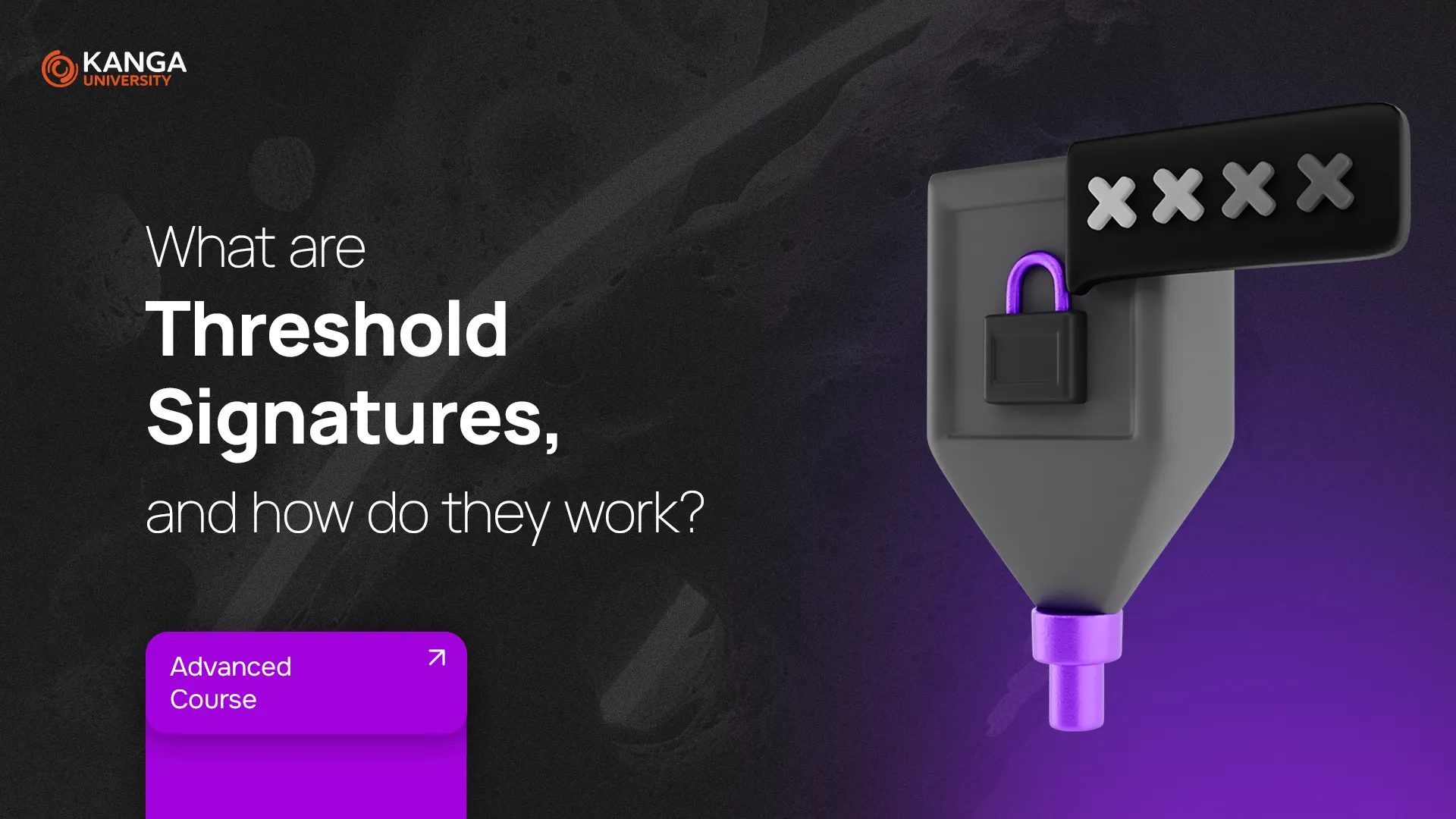
As the popularity of cryptocurrencies grows, so does the need to protect digital assets. One of the biggest challenges is keeping private keys safe – they’re the gateway to your funds. That’s where Threshold Digital Signatures (TSS) come into play. They’re a powerful upgrade to how crypto wallets and transactions are secured.
What Are Threshold Digital Signatures?
In traditional crypto wallets, a private key is held by one person. If it gets lost or stolen, the consequences can be disastrous. Threshold signatures solve this by splitting the key into parts and requiring several people to agree before a transaction can go through.
For example, instead of one person signing off, you might need approval from 3 out of 5 designated parties. This makes it much harder for attackers to compromise the system.
How Does TSS Work?
Threshold signatures rely on a cryptographic technique called Multi-Party Computation (MPC). It allows multiple parties to jointly generate and sign a transaction — without ever revealing their individual pieces of the private key to each other.
Here’s how it works:
-
Key generation: Each participant gets a part of the private key.
-
Signing: A transaction is signed only when the required number of parties agree.
-
Verification: A public key is used to confirm the transaction’s validity.
At no point does a full private key exist in one place — which greatly increases security.
What Is Multi-Party Computation (MPC)?
MPC is a branch of cryptography that enables multiple people to perform shared calculations while keeping their inputs private. No one ever sees the full data, and the output is valid only if a predefined threshold is met.
In the context of crypto, MPC allows each party to keep their piece of the private key secret while still collaborating to create a valid transaction.
To be secure, MPC must:
-
Ensure correctness – the output must be accurate.
-
Preserve privacy – individual inputs must never be revealed to others.
Thanks to this setup, you get a single, valid signature created by multiple participants — securely and privately.
Benefits of Threshold Signatures
-
Enhanced security: There’s no single point of failure.
-
Stronger privacy: Each party keeps their data secret.
-
Customizable thresholds: You can define how many participants are needed.
-
Efficient and low-cost: Only one signature is generated per transaction, which speeds things up and reduces gas or processing fees.
Alternatives to TSS
-
MultiSig wallets: These require multiple people to sign a transaction, but everything is public and stored on-chain. It’s secure but less private and more costly.
-
Shamir’s Secret Sharing (SSSS): Similar in concept to TSS, but the full key must be reassembled in one place to sign a transaction — which introduces a potential vulnerability.
Summary
Threshold Digital Signatures are quickly becoming one of the most promising security tools in blockchain technology. They combine the strength of decentralization with the efficiency and privacy needed for large-scale use.
As the crypto industry continues to grow, TSS is poised to become a standard for secure wallet management, decentralized apps, and institutional crypto custody.